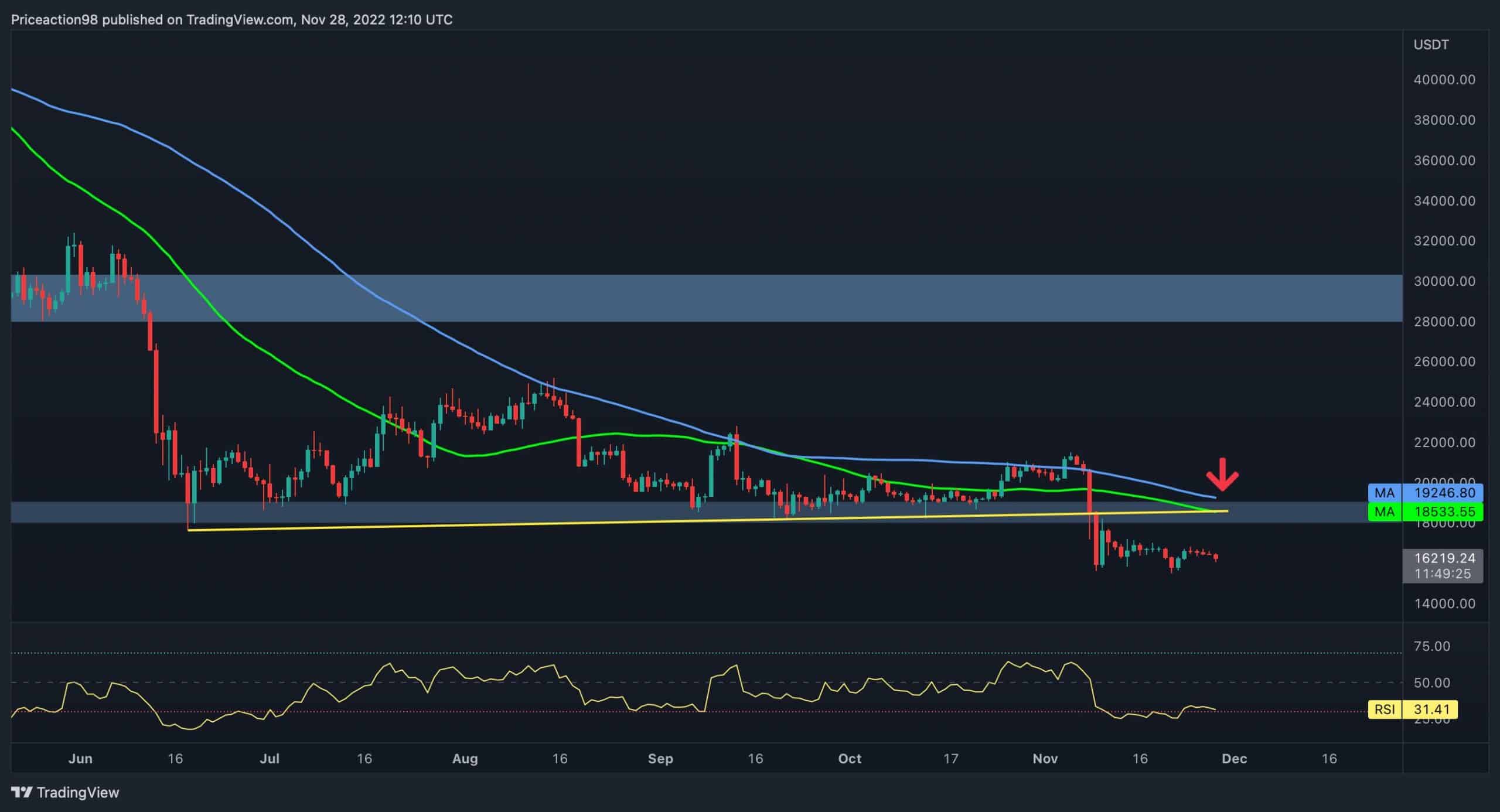Fiat is Far More Common Than Bitcoin for Money Laundering, Confirms US Treasury Department
Earlier this month, the US Treasury Department released three-yearly reports covering money laundering, terrorist financing, and proliferation financing – all of which extensively discussed virtual assets.
While noting many of their risks in these areas, they note that fiat currency and traditional networks are still far more commonly used than crypto in illicit finance.
Crypto for Money Laundering
The National Money Laundering Risk Assessment named “virtual assets” as an ever-evolving world within money launderers’ growing toolkit for hiding their funds. It specifically named DeFi and “anonymity enhancing technologies” as potential culprits.
Virtual assets have also reportedly played a significant role in both phishing attacks and ransomware scams throughout the pandemic. Nefarious actors may use promises of gains from the volatile crypto market to bait victims into revealing their personal information or to plant malware on their devices. Then, the attackers may demand to be paid in crypto after attacking, which is both pseudonymous and irreversible.
Overall, the report claims that the use of crypto as a method for laundering money – including drug money – is growing. This would corroborate a recent Chainalysis crime report finding that more money was sent to criminal blockchain addresses than ever in 2021.
However, the Treasury Department admits that fiat currency is still king when it comes to criminal money. “The use of virtual assets for money laundering remains far below that of fiat currency and more traditional methods,” they state.
Furthermore, while criminals in crypto are on the rise, Chainalysis also finds that the share of illegal funds in the space is at an all-time low, comprising just 0.15% of all transactions. That’s down from 0.62% in 2020, and 3.37% in 2019.
Is Crypto Effective for Crime?
The report clarifies that crypto is a mixed bag for criminals. On one hand, peer-to-peer transactions and self-custodial wallets can assist users in evading financial controls, which can usually only target centralized intermediaries. On the other, most blockchains – including Bitcoin – use very transparent public ledgers, which can make it easier to track criminals down.
Illegal trade using crypto has been a hot topic as of late, as officials scramble to combat the looming threat of Russian crypto use for evading sanctions. On this topic, Tom Robinson – CEO of blockchain analytics firm Elliptic – noted that crypto “can and will be used for sanctions evasion,” but isn’t a “silver bullet.”









